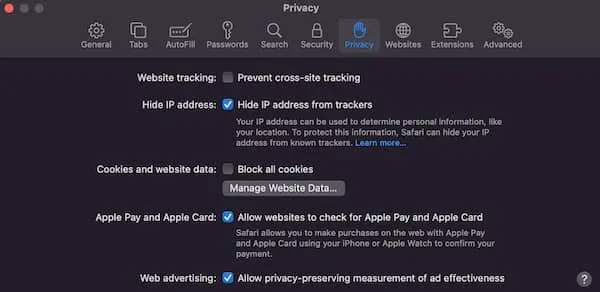
Ten (and More) Ways Clinicians Can Contribute to Neurofeedback Research (While Balancing Clinical Practice) presented by Eddy Davelaar, PhD
Friday, May 9, 2025 at 12:00 noon Eastern time (This is a 90-minute presentation.)
To register, CLICK HERE.
Fees: Webinar fee is $65.00 for all ISNR members. The fee for non-members is $90.00. ISNR student fee is $22. Non-ISNR students must provide proof of student status. CE Certificate is a separate fee of $15.00 for 1.5 CE credits.
Description: The field of neurofeedback is experiencing an exponential increase in interest, research, and popular attention. This is in no small part due to the accessibility of simple wearable devices that are being promoted to enhance mental well-being. For good or ill, this brings a new cohort of academic researchers to the field who are using state-of-the-art neuroimaging methodologies to investigate the neurofeedback paradigm and create new technologies. Despite the acceleration and academic vigor with which research is conducted, the research tends not to utilize the years and decades of knowledge amassed by neurofeedback practitioners, many of whom have similar academic interests. One could delve into this by identifying the various obstacles for clinical expertise to influence academic research. Another route, and the one taken here, is to identify points along the route toward an academic publication and beyond where clinicians can provide critical input without taking a lot of time away from clinical work. In this workshop, I will cover at least 10 ways in which clinicians can contribute to neurofeedback research, whilst preventing negative impact on their clinical practice. All routes involve different levels of researcher-practitioner partnerships and can roughly be split into ways with and without data collection. Data collection could be prospective (new study), retrospective (archived data), lab-based, or clinic-based. Research contributions may extend beyond dealing with data and could also involve setting the research agenda or noting gaps in our cumulative knowledge. While covering the range of pathways, I reflect on the varying levels of time commitments (and remuneration, if any) and provide brief introductions to research methodologies that are exceptional well-placed for balancing knowledge transfer and time commitment. The focus on the researcher-practitioner partnership is particularly important as more funding agencies are requiring (direct) input from the public. To this end, I will show two examples from my own work in which I include non-academics at the center of grant applications.

